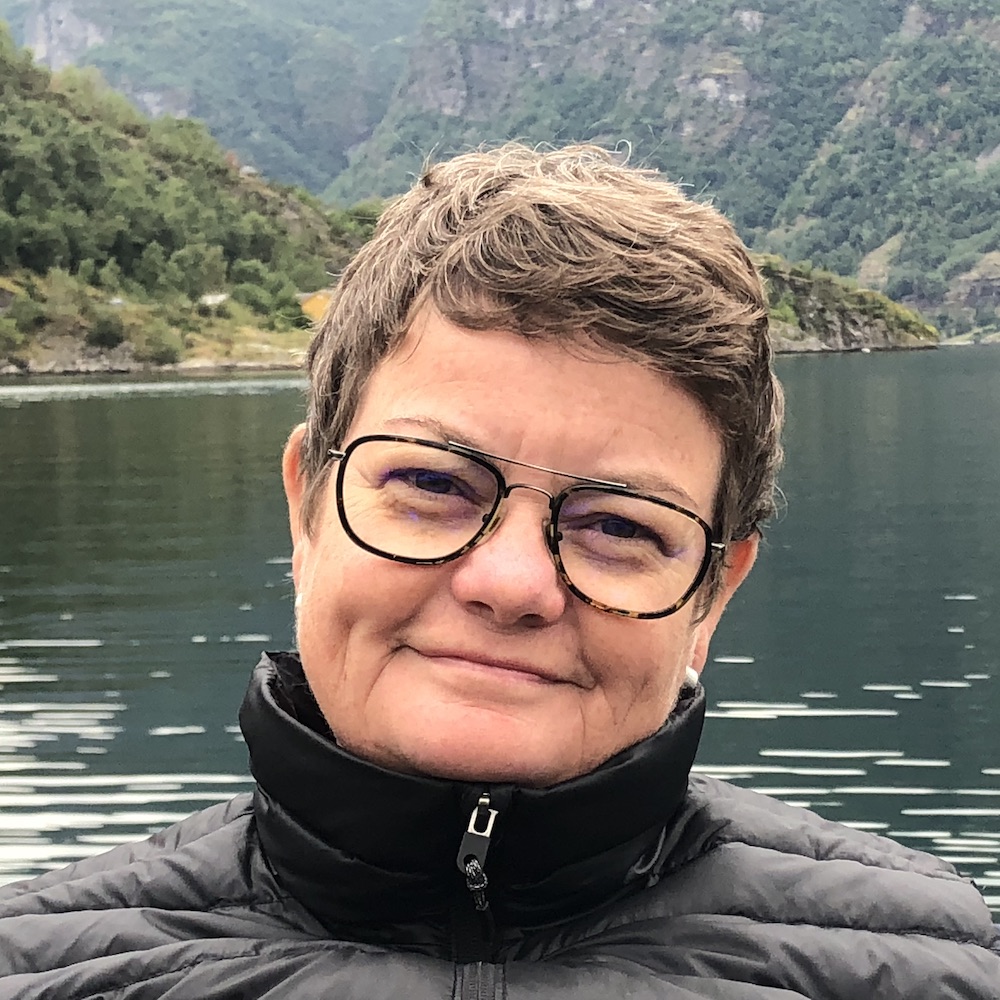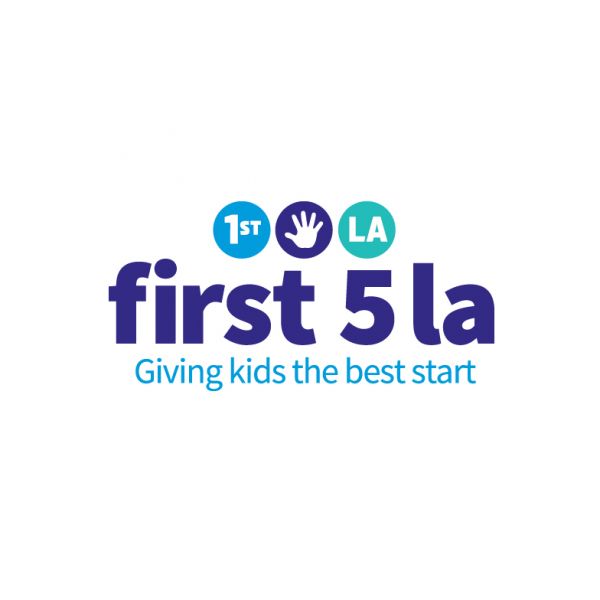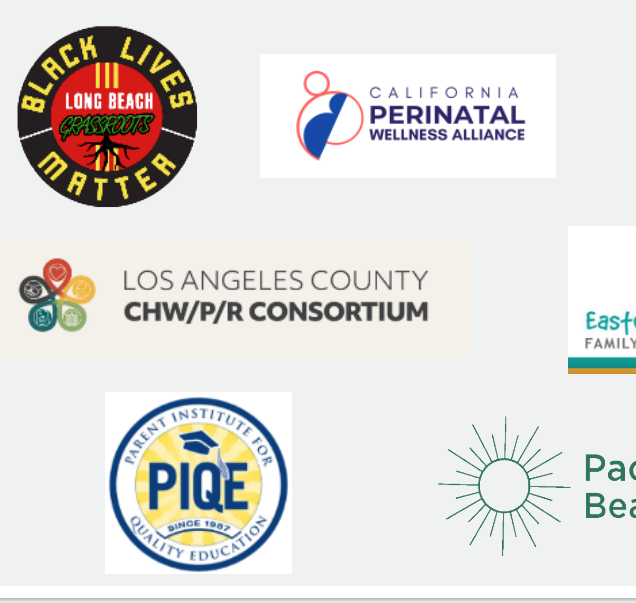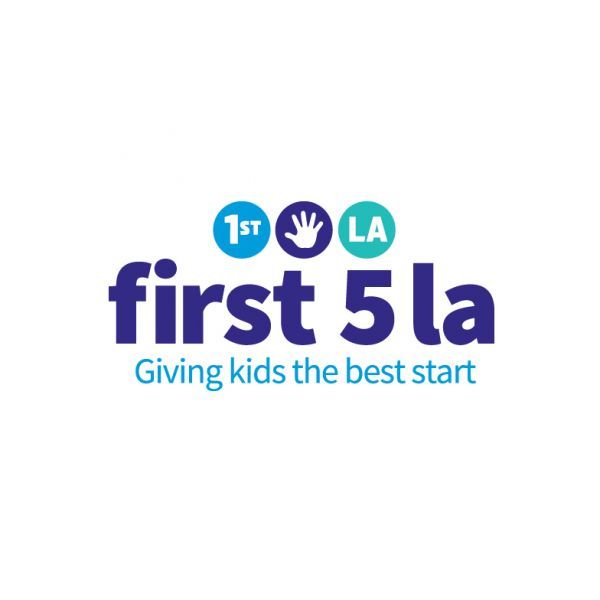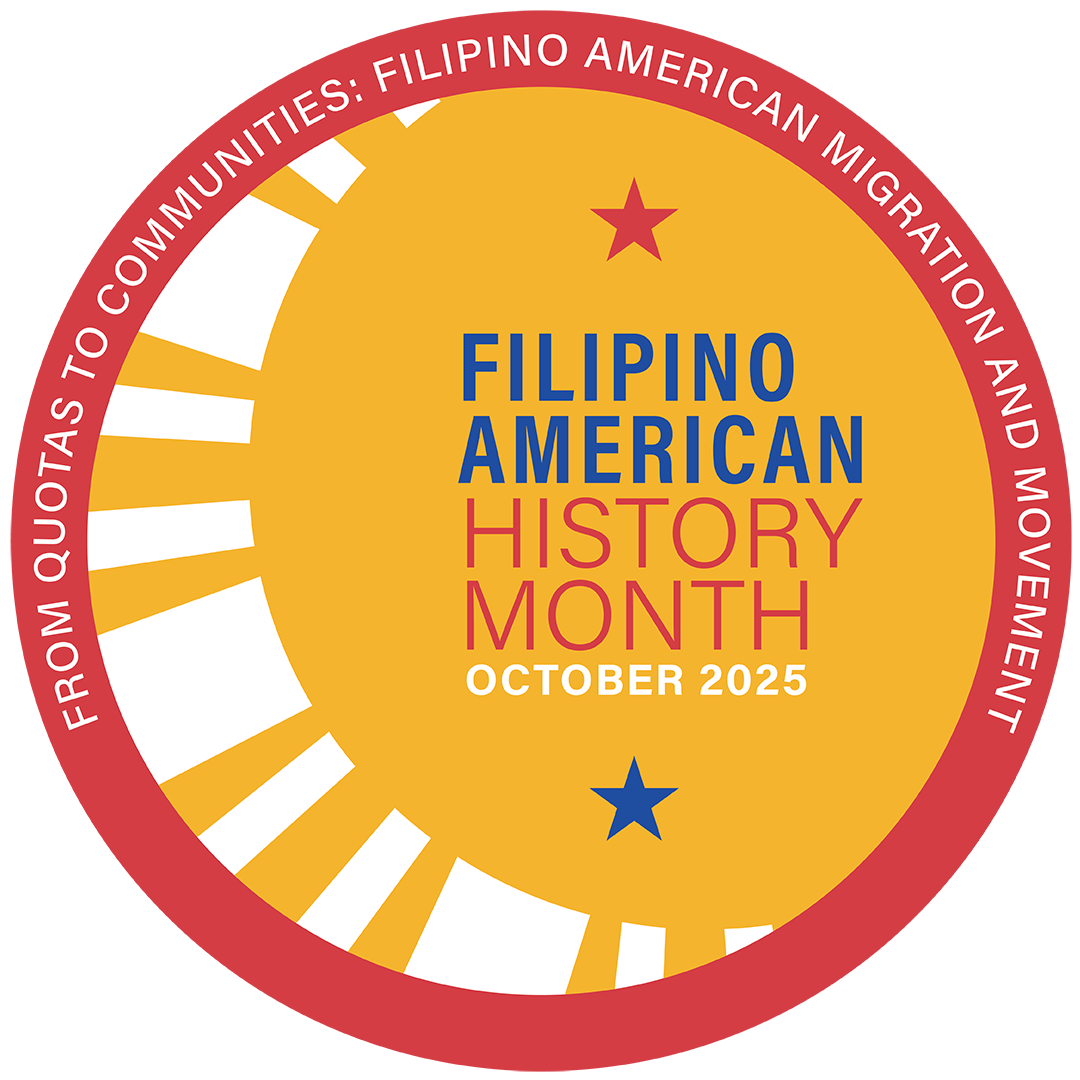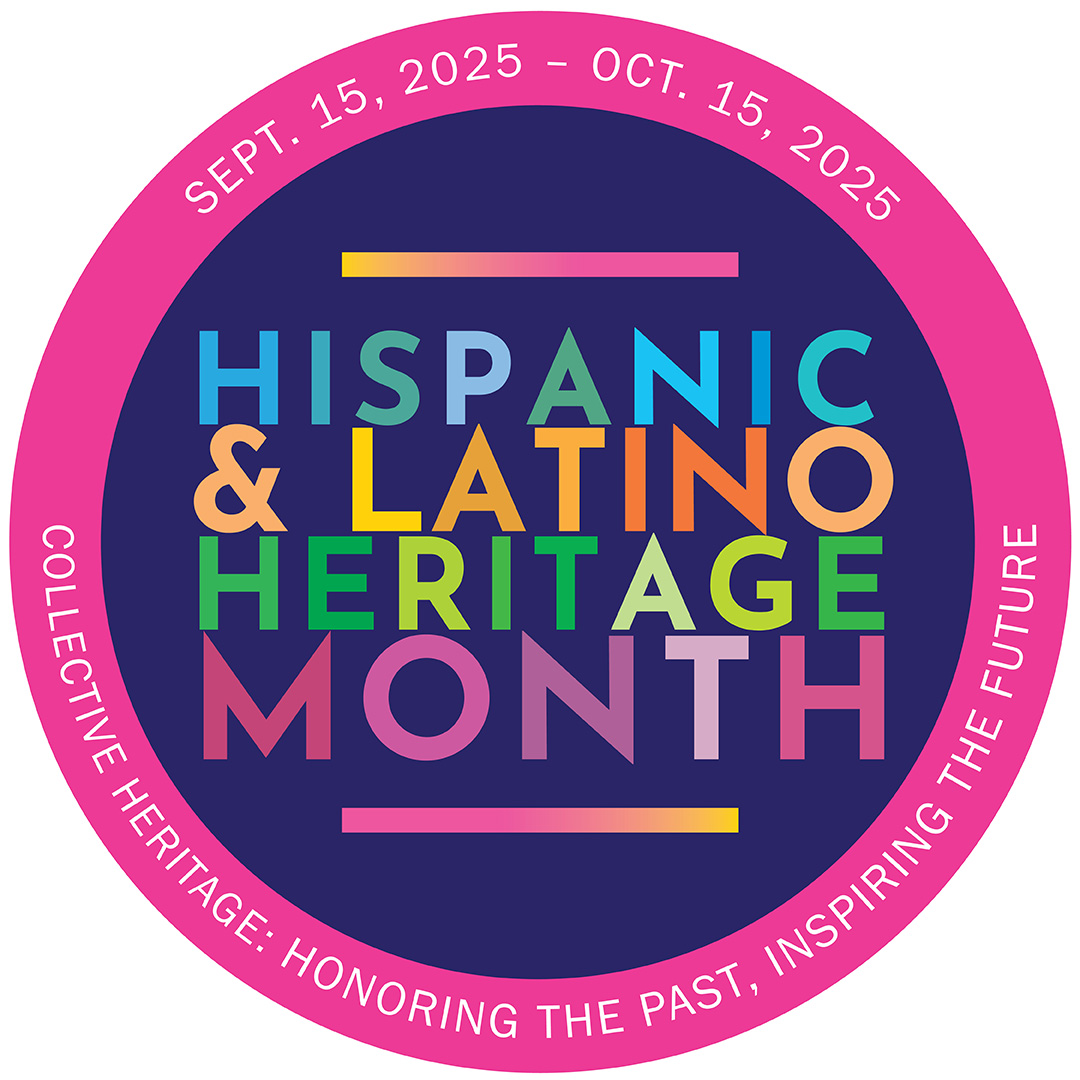When it comes to speaking up for equality and speaking out against injustice, Kris Perry speaks from experience.
From her early work at the Alameda County Social Services Agency to serving as executive director of First 5 San Mateo County, First 5 California and the First Five Years Fund, Perry has worked tirelessly for three decades to balance the scales of inequity and improve the lives of young children: preventing child abuse, developing innovative early learning programs, increasing access to quality health and boosting investment in low-income children.
On a more personal level, Perry and Sandy Stier defended their right to marry as plaintiffs in the landmark Proposition 8 case, which returned marriage equality to California after a 2013 U.S. Supreme Court ruling.
In 2019, Gov. Gavin Newsom appointed Perry to serve as Deputy Secretary of the California Health and Human Services Agency (CHHS) for Early Childhood Development and as Senior Advisor to the Governor on Implementation of Early Childhood Development Initiatives.
Perry talked about her early role model as a champion for children, the power of connection, concerns about COVID-19’s impact on early childhood, recent Supreme Court rulings on equality and the importance of empowering children to face racial inequities and injustice.
***
Q. Growing up, who was your champion for children?
A. My mom. She was a kindergarten and first grade teacher. I grew up in Bakersfield and she taught in a public school near the oil fields where the kids were living in poverty and had very little exposure to early literacy or other educational experiences before getting to kindergarten. She was often the person who taught them to read. We all know what a victory that is. What an unbelievable career choice. It’s a testament to the power of public education.
One day during the school year, I would go to school with her. It was the best day of the year. It was fun to go to school, meet the kids. I was maybe 4 years old when I started going with her. I did that all the way through 12th grade.
She was a talented storyteller and read aloud beautifully. She would stop and ask questions, use different voices and draw children into the story. I realized this is how teachers teach. It ignited a passion for learning in kids.
Q. How did your mom motivate you to want to help children?
A. The modeling was very powerful. It wasn’t just my mom. It was her friends. There was a community of teaching. Teachers are a unique combination of talents. They recite poetry, sing, console, create. They solve problems and support families. It was the ‘70s and the golden age of education in California. It was well funded. It was the great equalizer. Then I got into college and sociology and psychology classes. I wanted to do things at the systems level. I was drawn to social work. One of the things I was interested in was child abuse prevention and family preservation.
Q. You have an incredible amount of experience championing children during your tenures with Save the Children Action Network (SCAN), First Five Years Fund, First 5 San Mateo County, First 5 California and county of Alameda. From those experiences, what are you most proud of?
A. I think I was very fortunate to be at First 5 San Mateo County in the early days of the First 5 movement. There was hopefulness, willingness, optimism and resources. All this collaboration across county departments was targeted at supporting young children. It was the perfect place for scaling home visiting, universal healthcare for children and universal access to early education all within a few years. It didn’t start with First 5, but it made it all the easier to get those things done. I think the move to First 5 California was in part a tribute to what was accomplished in San Mateo.
Q. How did your time working with the agencies listed above prepare you for your first year working in your current position?
A. The common thread is the importance of planning. You follow through on promises you make while being flexible so you can make changes along the way. In my current position, there is a master plan. When I was in D.C., we prepared for elections and transitions in Congress and the White House. What you do is plan, plan, plan for these transitions. Keeping the drumbeat going for early learning and care by constantly communicating with Hill staff and advocacy partners. Planning has been my go-to.
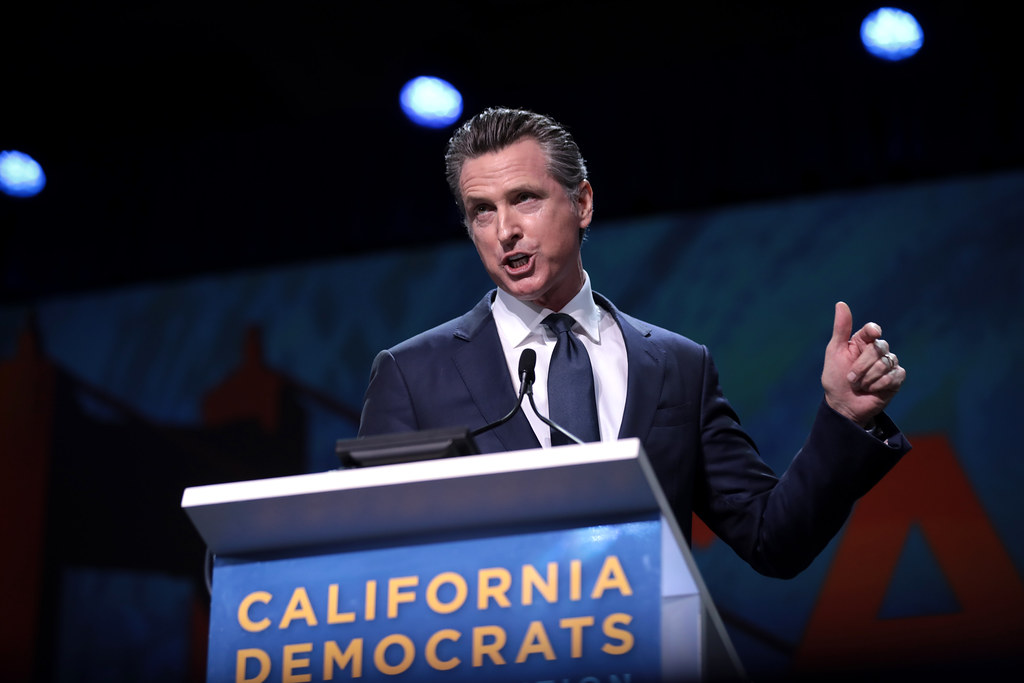
Q. What are you proudest of in your first 18 months of working in Gov. Newsom’s administration?
A. The proudest I am is in the connection — both personally and professionally – within CHHS. Appointing a person with experience in early childhood and education had never been done before. I can elevate the issue. By working at CHHS I have the opportunity to partner with the Office of the Surgeon General, Department of Social Services, Department of Public Health and many other department directors. Slowly but surely, I’ve been trying to integrate these services within CHHS so we can build a whole child and family approach.
Q. In 2019, Gov. Newsom implemented robust early childhood development budget investments for children in California. What challenges do you foresee in moving forward his early childhood priorities in light of COVID-19?
A. The biggest challenge is that the budget has been so impacted by COVID-19. We went from having a $25 billion surplus to having a $55 billion deficit. Many safety net program caseloads are growing, and our revenues are declining. In early care and education, one of the biggest challenges we have is supporting the workforce, but now we have fewer resources. Even more important are the impacts on parents. Many parents arranged their lives based on the assumption they could either afford child care or that their child care would be available when they needed it for work. We have so much work to do to ensure we are supporting both parents and providers going forward.
Q. How has COVID-19 changed your work?
A. I haven’t seen my Sacramento colleagues in person since March 16th. What’s challenging is that many of the decisions we make are in partnership with each other and with the public. It’s harder to have in-depth conversations when you are socially distant. That said, we have hosted numerous public meetings to gather input for the Master Plan and the Early Childhood Policy Council.
Q. The death of George Floyd and other African Americans has sparked outcry on racial inequity. Parents who are people of color are talking with their children as young as 3 about race to help them cope with what they may encounter outside the home. What are your suggestions for parents on how to approach this important issue?
A. Communicate often and with as much detail as you can with your children while still being mindful of their developmental readiness for information. It’s also important to shift from coping to fighting back. Teaching kids to be active about change — taking them to marches or other experiences that help them feel connected to the larger community and supported. This is on top of focusing on your child’s personal skills. Hopefully, families will have an echo chamber on racial equity from the schools, health care providers and policy makers.
I’m most hopeful that this moment will help children learn they can fight back. Instead of internalizing feelings of frustration over inequity, you can say, “I am equal.”
Q. How will your work be changed by issues of racial and social injustice sparked by recent events?
A. We’re going to move to a sharper focus on how to deploy state resources to ensure equity. There is going to be more scrutiny on public dollars and how they are used to increase equity. We need data to understand where children in California have the least access to high–quality education, health care and clean air and water.
We built this system. Now we have to build it back, but better.

Q. As a plaintiff in the landmark Proposition 8 case which returned marriage equality to California, you have a unique perspective on LGBTQI rights. In June, the Supreme Court ruled against workplace discrimination against gay and transgender employees, What do these SCOTUS rulings together signify for the lives of LBGTQI parents and their children?
A. Those are tremendous victories. I think they put an exclamation point on the fight for LBGTQI equality. Now you can get married and go to work the next morning without fear of being fired. If you have a child growing up in California, regardless of their or your sexual orientation, you can feel not only equal but protected by the law.
Q. Why should all Californians care about investing in children early even if they don’t have young children themselves, especially now as the state responds to COVID-19 and issues of racial inequities and social injustice?
A. Because our state and the nation strive to achieve all they can for the greater good. It’s not only about the individual good. By investing in early childhood, we are investing in the future of California — one that is diverse and hopefully equitable so everyone can prosper.
Q. In regards to COVID-19, what are your greatest concerns for young children and their families in terms of child development, early learning and family supports?
A. I’m concerned about the kids not getting the social interaction that is so crucial to their physical and socio-emotional development. It’s not just with other kids. It’s with other adults. And for the parents, I worry about how they are not able to be part of a community of parents. I think there is so much stress in parenting already, so school and interacting with other parents can give you a break and support. I worry about so much isolation that people don’t get the support they need.
Q. In regards to racial inequity and social justice, what are your greatest concerns for young children and their families in terms of child development, early learning and family supports?
A. That kids of color are going to have less and less access to high-quality early education. They’re at a moment in time. They can’t get that moment back. So if we don’t make these services available, or even protect what we have, more and more kids will miss out on this critical juncture in their development. I worry we are going to lose momentum and reduce access, and kids and parents are going to have even less of a chance of climbing out of these difficult environments. Fortunately, we live in a state where early learning and care are a high priority and everything that can be done to protect programs and services is being done.
